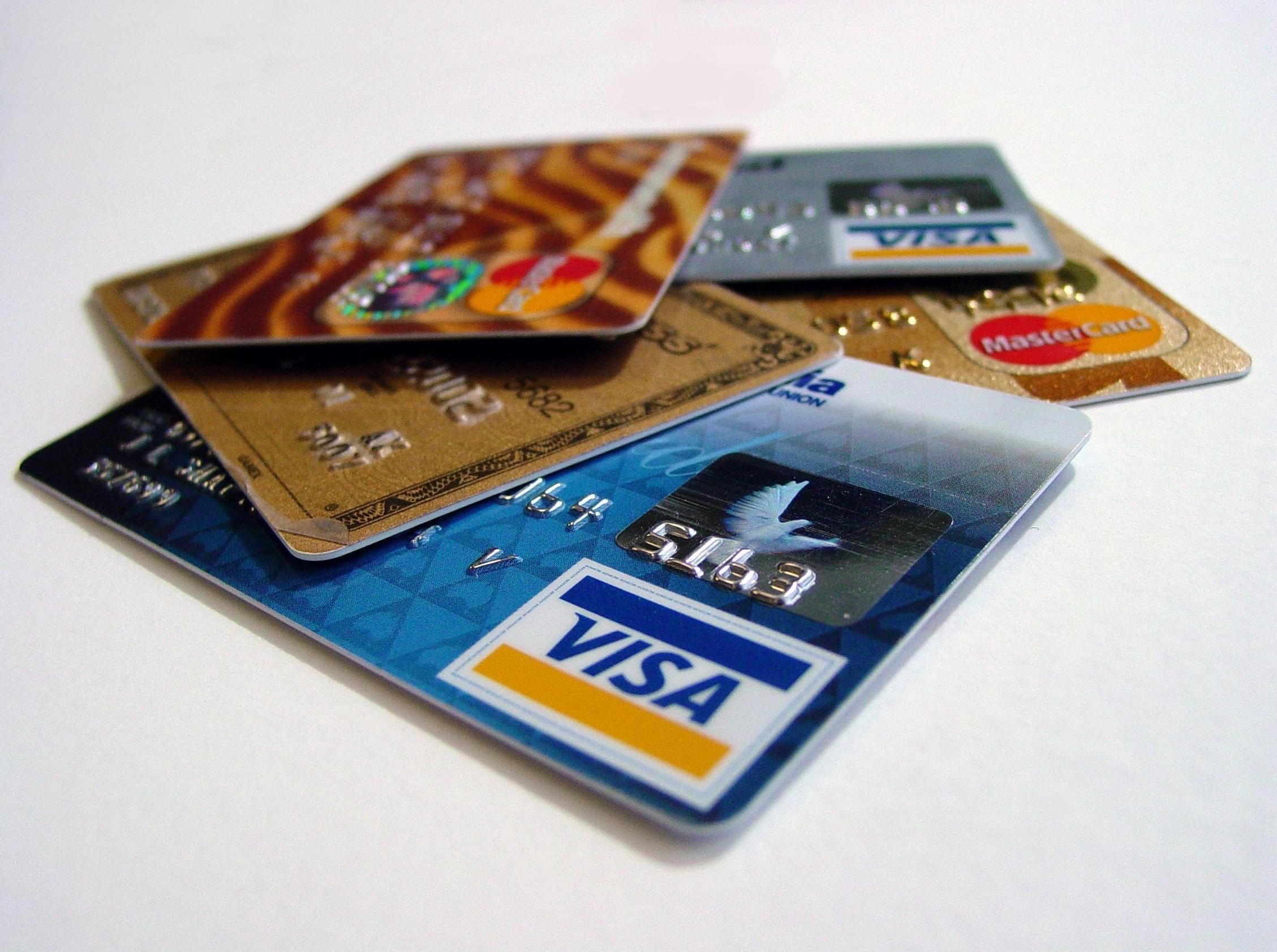
More than 18 million Americans were behind on their credit card payments at the end of 2022. And with climbing interest rates amid decades-high inflation, that debt is getting very expensive.
Anyone with debt knows that it can cast a long shadow over household finances. Credit card debt in particular is rising at its fastest clip in more than 20 years as Americans owe a record $986 billion on their credit cards, a 14.7% increase from a year ago, according to a new report from the Federal Reserve Bank of New York.
Read More: How to Consolidate Your Credit Card Debt
As the Fed continues to raise interest rates to contain inflation, credit card holders are feeling the pinch of higher borrowing costs. Average credit card rates, at 19.9%, are at their highest level in 30 years and could continue to rise, according to Bankrate.
For many, the result is a feeling of increasing despair as their debt burdens and interest rates surge simultaneously. “I feel set up for failure,” says Kim Hollinger, a 46-year-old school teacher in Kernville, Calif., whose sole credit card is maxed out at $5,000 with a 29.7% interest rate. Besides rent and utilities, most of her expenses are for food and other groceries. She says prices are “incredibly high” at her local grocery store, located about an hour away from the nearest city, Bakersfield. “When I called the [credit card] company to speak with a representative about lowering my rate so that I could work to pay off my credit card, the response was we’re not doing that right now. I am not able to increase the loan amount, or get another loan, or even apply for a home loan because I have $80k in student debt from the credentialing program.”
What questions do you have about money and the economy? Let us help answer them. Write to us at moneyquestions@time.com
Hollinger is one of nearly half of Americans who have outstanding debt on their credit cards. The national average balance is currently $5,805, with consumers paying anywhere from $16 to $20 more per month due to the interest rate hikes, according to Paul Siegfried, senior vice president at TransUnion and head of its card and banking business.
People in their 40s and 50s and those with the lowest household incomes are most likely to carry credit card debt for necessities such as groceries, child care and utilities, says Ted Rossman of Bankrate. “Gen X is the sandwich generation, where they’re raising their own kids but they might also be caring for elderly parents,” says Ted Rossman, senior industry analyst at Bankrate. “Those are definitely expensive years.”
Read More: How Long Does It Take to Improve Your Credit Score?
Like millions of Americans, Hollinger is actively searching for ways to pay back her credit card. She pays over the minimum amount each month, which only covers the interest she’s accruing.
“At this point I am working just to give my money away and survive,” she says. “I have nothing to save for retirement, vacation, or emergencies. ”
“What am I supposed to do?”
Tackling credit card debt
One of the most practical ways to get rid of debt, experts say, is to move your balance from a high-rate credit card to one with a no-interest or low-interest balance transfer offer to reduce the amount of interest you’re paying. Bank of America, Wells Fargo and Citi each offer cards that have 0% balance transfer terms lasting as long as 21 months, though there remains a 3 to 5% upfront transfer fee.
“It’s pleasantly surprising how widely available these offers have continued to be,” Rossman says. “Even with the fees, I still think that could be well worth it. You can save hundreds, maybe thousands of dollars depending on how you use these.”
But consumers with a credit score of 579 or below can’t always qualify for the best 0% APR credit cards. Hollinger, for instance, was turned down.
Read More: Should You Cancel An Unused Credit Card or Keep It?
Experts recommend those in a similar situation to Hollinger should consider nonprofit credit counseling from a reputable agency like Money Management International, which can offer personal guidance to help tackle debt. “Nonprofit credit counselors can negotiate with your creditors to get you something like a 6% rate over four or five years,” Rossman says. “They usually charge a $30 setup fee and $25 a month, but they hold your hand through the process and lenders actually are a fan of this because it’s been proven over time that when people work with agencies like this, they’re going to pay [what they owe] back.”
Margaret Poe, head of consumer credit education at TransUnion, says it’s also important for consumers to pay their credit card balance on time each month, even if it’s just the minimum balance, since missed payments can significantly lower your credit score. She recommends consumers pay a bit extra each month, if they can, in order to pay less in interest.
Read More: 8 Reasons Your Credit Card Was Declined (And What To Do About It)
Poe also suggested consumers with multiple credit cards pay down their highest interest rate cards first, and to target one debt at a time. Consumers can also review their monthly spending to find areas where they can cut back.
More Must-Reads from TIME
- Cybersecurity Experts Are Sounding the Alarm on DOGE
- Meet the 2025 Women of the Year
- The Harsh Truth About Disability Inclusion
- Why Do More Young Adults Have Cancer?
- Colman Domingo Leads With Radical Love
- How to Get Better at Doing Things Alone
- Michelle Zauner Stares Down the Darkness
Write to Nik Popli at nik.popli@time.com